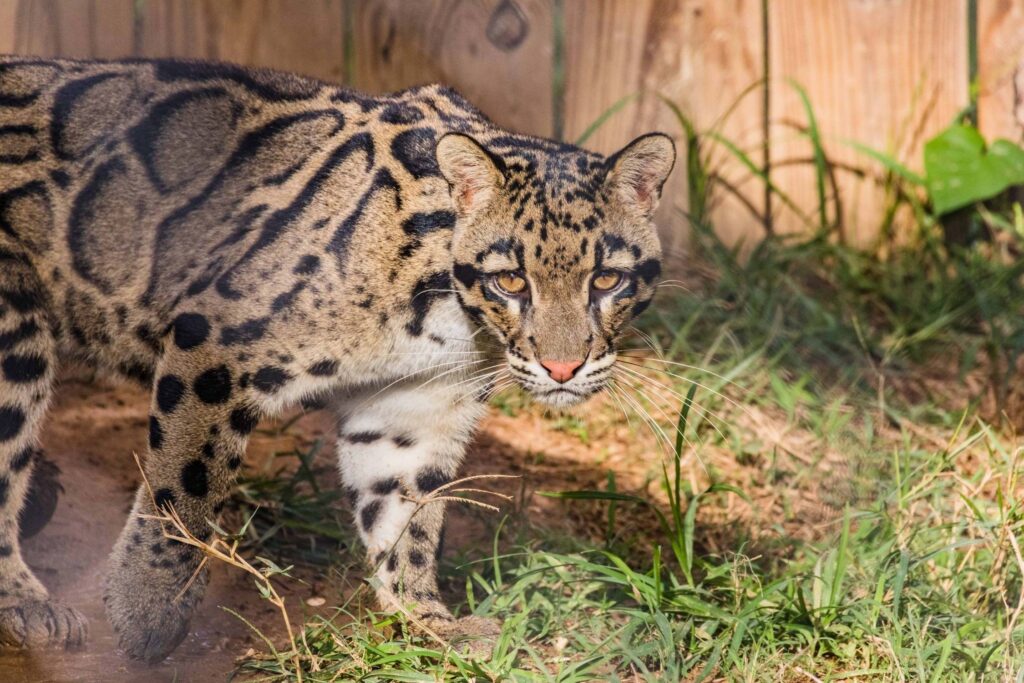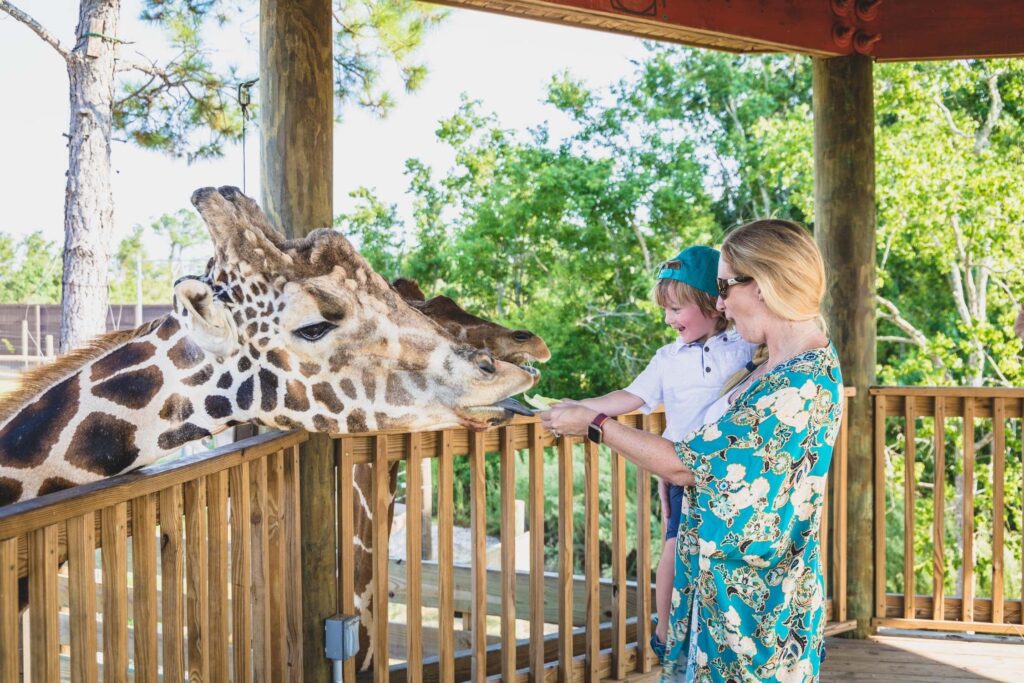The inhabitants of the Alabama Gulf Coast Zoo are a richly diverse and decidedly unique population for a small-town community zoo. Every single animal has a name and a backstory. No matter their beginnings or their circumstances, they all have a loving and safe home at Alabama Gulf Coast Zoo. Meet our animals!


Every day we witness the awe and delight animals bring to visitors who have never seen a lynx up close, taken a stroll with an African crane or touched an endangered lemur.
And in every animal encounter, whether it’s at the zoo or a special community event, we see firsthand how infinitely curious and eager people of all ages are to learn more about these fascinating creatures.
Our animals help remind us of the conservation efforts we must continually undertake to protect the Earth’s species and their habitats.
"*" indicates required fields

June 9-13: Week 1
Zoo-venture
Not All Superheroes Wear Capes
June 23-27: Week 3
Predator vs Prey
July 7-11: Week 4
Before They’re All Gone
July 14-18: Week 5
It’s a Zoo Around Here
July 21-25: Week 6
Design-A-Zoo & Zookeeper Olympics
Weather Permitting
Open Daily 9 am – 4 pm
Adults (13-61):
$23.95
Seniors (62 & Older):
$20.95
Children (3-12):
$15.95
Children (2 & Under):
FREE